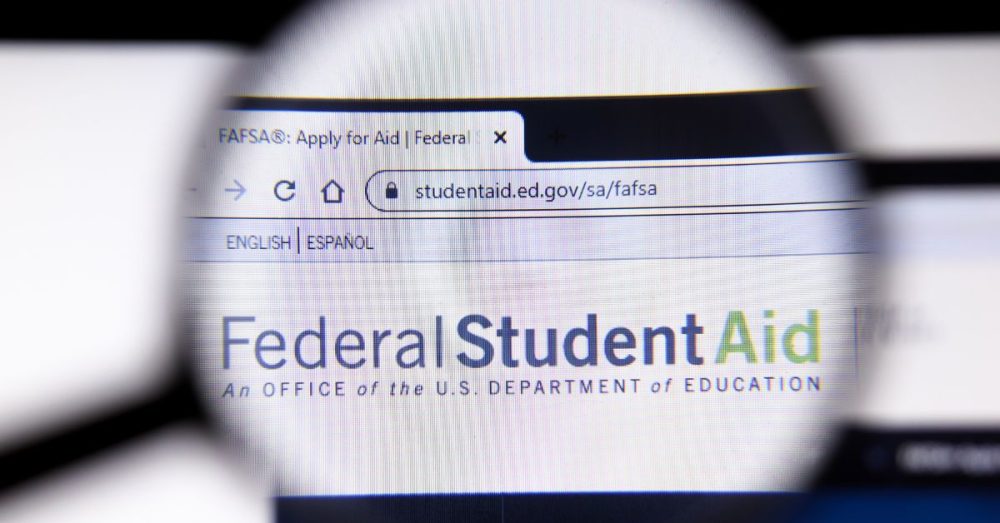In April, The Dallas Express reported delays and glitches in implementing the overhaul of the Free Application for Federal Student Aid.
Millions of students were left worried about whether they could attend college this fall.
The latest analysis from the National College Attainment Network published on Monday shows a year-over-year decline of 11.6%. The numbers are causing concern for overall enrollment figures.
“The unprecedented numbers we are observing in this class’s data make it clear that we can’t afford to have another delayed FAFSA,” said National College Attainment Network CEO Kim Cook. “We know that FAFSA opens the door to college; we need that door ready to walk through on-time and without complication.”
According to the analysis, first-generation students, students from low-income backgrounds, and students of color are less likely to complete the FAFSA and less likely to have the support they need to do so.
The National College Attainment Network is “very concerned that the immediate college enrollment rate might drop this fall.” Here’s a bit of the story from K-12 Dive:
Dive Brief:
- The number of high school seniors who completed the Free Application for Federal Student Aid largely stagnated in June, fueling concerns about enrollment declines this fall, according to the latest analysis from the National College Attainment Network.
- As of June 28, some 46% of the high school class of 2024 — about 1.9 million students — had submitted the new FAFSA form. That’s down from 53.2% at the same time last year, representing about 250,000 fewer completions.
- NCAN typically compares the most recent FAFSA season to previous cycles at the end of June. But tracking this season’s progress well into the summer will be important given how challenging the form proved to be, according to Bill DeBaun, senior director of data and strategic initiatives at NCAN.
- Dive Insight:
Dive Insight:
FAFSA submissions surged from mid-April to mid-May, but progress stalled after that point, DeBaun said. That’s not uncommon, even in a more typical year.
“FAFSA completion cycles, as they go on, tend to lose energy,” he said. He attributed the plateau to high school graduations and the passing of states’ priority deadlines for financial aid.
As of June, FAFSA completions declined in every state year over year, NCAN said. Indiana emerged the least scathed, with a 0.9% drop, while Alabama saw the biggest drop, 18.6%.
DeBaun said increased support services designed to help students finish the FAFSA over the summer could offer significant benefits to each additional applicant. They gain access to federal financial aid and, in some cases, higher education more broadly, he said.


